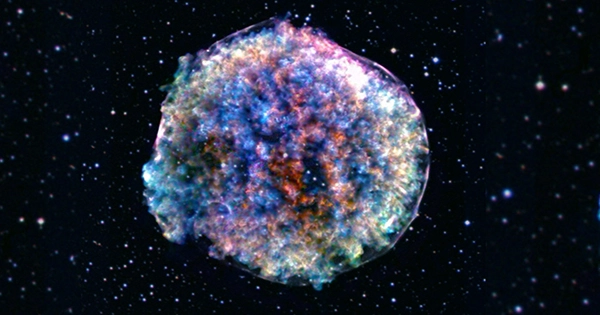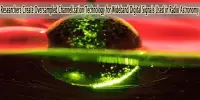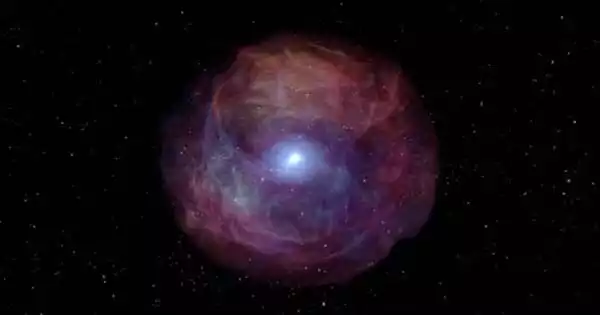Over the decades, radio telescope observations of the cosmos have uncovered several anomalies. The cosmos is full of strange things, from pulsars to fast-radio bursts. The so-called Odd Radio Circles are one of the most unusual structures (ORCs). Even though they are a million light-years across, they are extremely dim and difficult to notice. New observations have revealed further information about these ORCs. There are five known ORCs, and the researchers focused on one, in particular, ORC1C.
The findings, published in the Royal Astronomical Society’s Monthly Notices, revealed that these shells are formed by radiation from accelerated electrons and contain a complicated interior structure made up of many arcs. “People frequently wish to explain their findings and demonstrate that they are consistent with our current understanding. In a statement, co-author Dr. Jordan Collier of the Inter-University Institute for Data-Intensive Astronomy remarked, “It’s far more fascinating to discover something new that contradicts our present knowledge.”
The team offers three possible theories for what is causing these ORCs based on their observations. The collision of two supermassive black holes at the heart of the elliptical galaxy encompassed by ORC1C might have resulted in their birth. Another theory is that in the past, the supermassive black hole was actively generating a stream of material. The ORC would be the remainder of what might be seen if you looked down at the jet. The last hypothesis is that the galaxy had a starburst, which resulted in a massive surge in star formation and tremendous charged particle winds.
Although models of these scenarios cannot explain everything seen in space, the starburst theory presently matches the evidence better than the others. “We know ORCs are rings of feeble radio emissions encircling a galaxy with a highly active black hole at its center,” lead author Professor Ray Norris stated.
The observations were made possible by two Square Kilometer Array (SKA) predecessor observatories: ASKAP, which is located on Wajarri Yamatji land in Western Australia, and MeerKAT, which is located in the Northern Cape region of South Africa. Using both has given fresh insights into these structures and indicates how much more of the cosmos we will be able to observe once the SKA is operational in 2027.
“International collaboration improves nearly all astronomy programs – both in terms of the teams of people engaged and the technology available,” said Professor Elaine Sadler, Chief Scientist of the CSIRO’s Australia Telescope National Facility. “Both ASKAP and MeerKAT are forerunners of the multinational SKA project. These complimentary telescopes working together are allowing us to have a better knowledge of odd radio circles.”
















